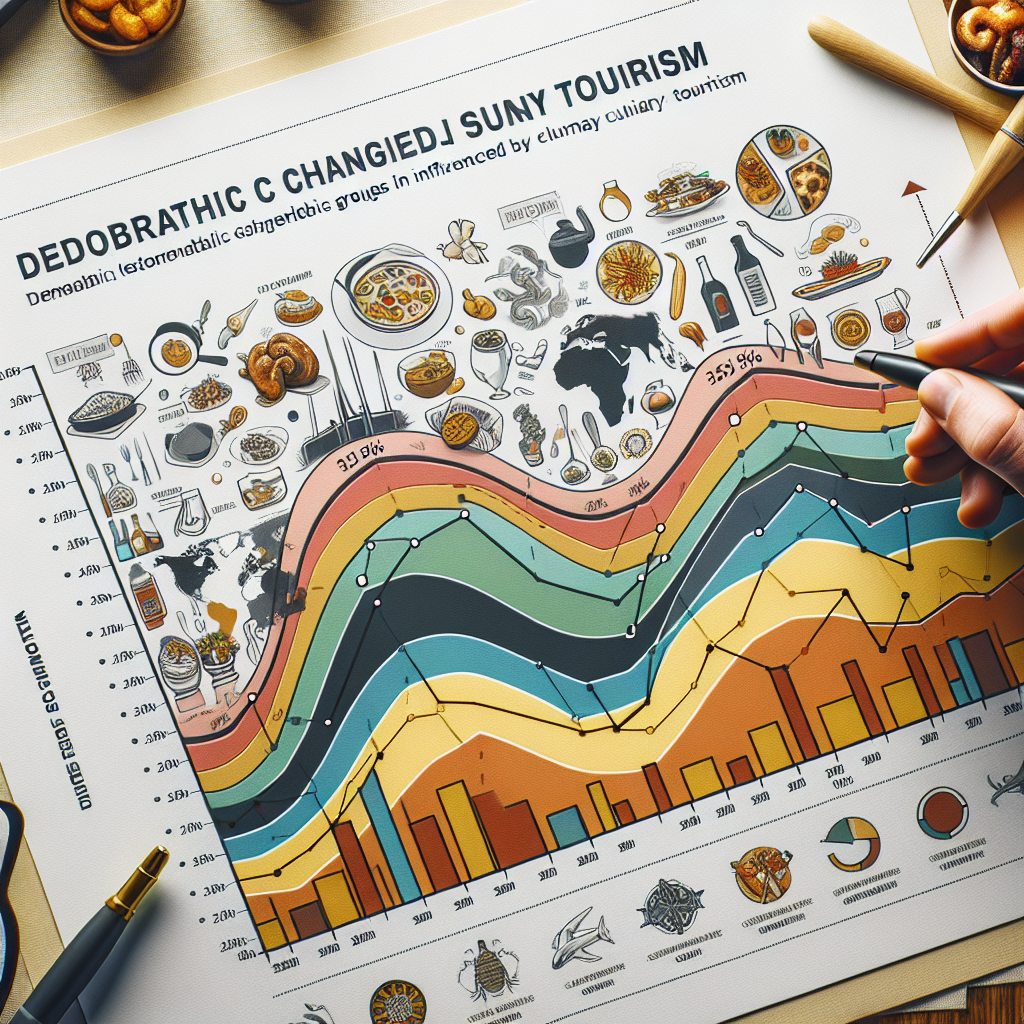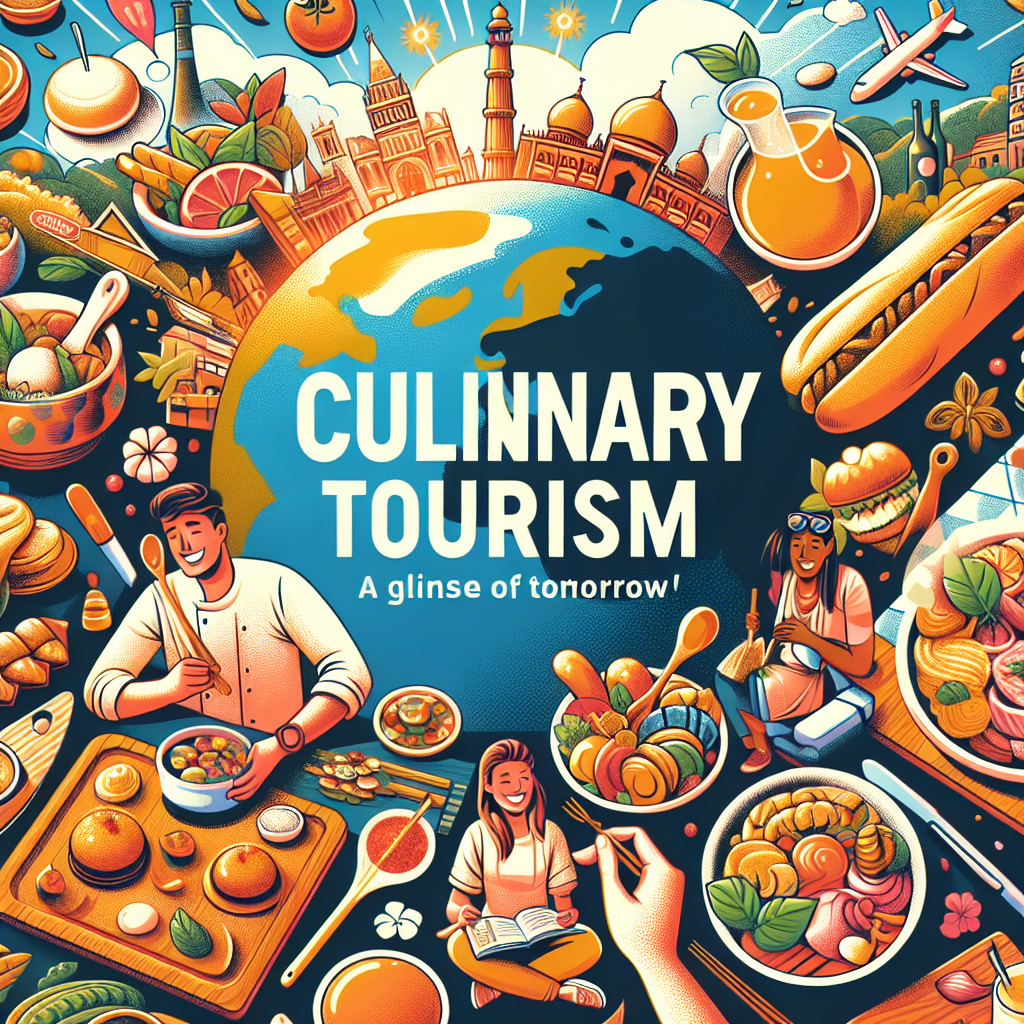Data-driven analysis indicates that the global gastronomy market is witnessing an unexpected surge in culinary tourism. This burgeoning demand has not only ignited a transformation within the food industry but also has significant ripple effects across diverse sectors like health, real estate and finance.
Market Overview
The World Food Travel Association estimates that ‘food tourists’ contribute to about $150 billion annually in restaurant revenue in America alone. While these statistics are impressive on their own, they hint at a deeper shift – our attitude towards what we eat is evolving.

Current Trends
Culinary tourists are those who make food choices based on three parameters – nutrition content, sustainability efforts involved in preparation and production ethics concerning labor practices. Their increasing numbers indicate growing awareness around healthier lifestyle choices worldwide.
Illustration: A group of culinary tourists exploring local cuisine.
Illustration credit: DALL-E
Economic Factors Restaurant chains catering expressly to these travelers have recorded noteworthy profits over recent years. Investments also skyrocketed as companies create more sustainable packaging or use locally sourced ingredients with proven nutritional benefits. Demographic Changes With millennials leading charge for sustainable initiatives followed by Gen Z’s penchant for exotic cuisines dietary preferences now bear direct influence socioeconomic dynamics city.
Illustration: A graph showing demographic changes influenced by culinary tourism.
Illustration credit: DALL-E
Policy Impact
Government agencies are now recognizing the potential of this sector and implementing policies to encourage healthier practices. From farm-to-table initiatives to advocacy for fair trade products, there’s been a significant policy shift in favor of sustainable gastronomy. Investment Patterns As returns ‘foodie’-centric ventures continue soar investors financial institutions alike reshaping their strategies reflect emerging consumer preferences.
Illustration: A pie chart displaying investment patterns in the culinary tourism industry.
Illustration credit: DALL-E
Affordability Issues Despite lucrative opportunities, major drawback has been high prices associated with these specialty meals experiences. Strategies make accessible larger sectors population are yet be successfully implemented industry. Future Projections Amid challenges bright future projected for food travel market as people become more conscious about health, sustainability ethics consumption trends also have potentially positive impact on global health scenarios through promotion nutritious diets physical activities related journey toward discovering new dishes cuisines.
Illustration: A depiction of future projections for the culinary tourism market.
Illustration credit: DALL-E
Market Opportunities
The growing demand indicates a plethora of untapped market opportunities that entrepreneurs can capitalize on – from launching vegan friendly meal kit delivery services to developing travel apps customizing unique gastronomic adventures based user dietary preferences allergies . Illustration : An entrepreneur capitalising upon market opportunity in culinary tourism . Illustration credit : DALL – E
Investment Advice For prospective investors, trend towards gastronomic adventures presents a lucrative business proposition. But as with any investment decision, appropriate risk assessments and cost-benefit analyses are vital before diving headfirst into this promising yet competitive market. Broader Implications While culinary tourism is reshaping our cities and economies it also changing how we relate to food itself. As society responds to these changes, there’s a potential for healthier living habits being widely adopted ultimately resulting in improved societal health outcomes.”

